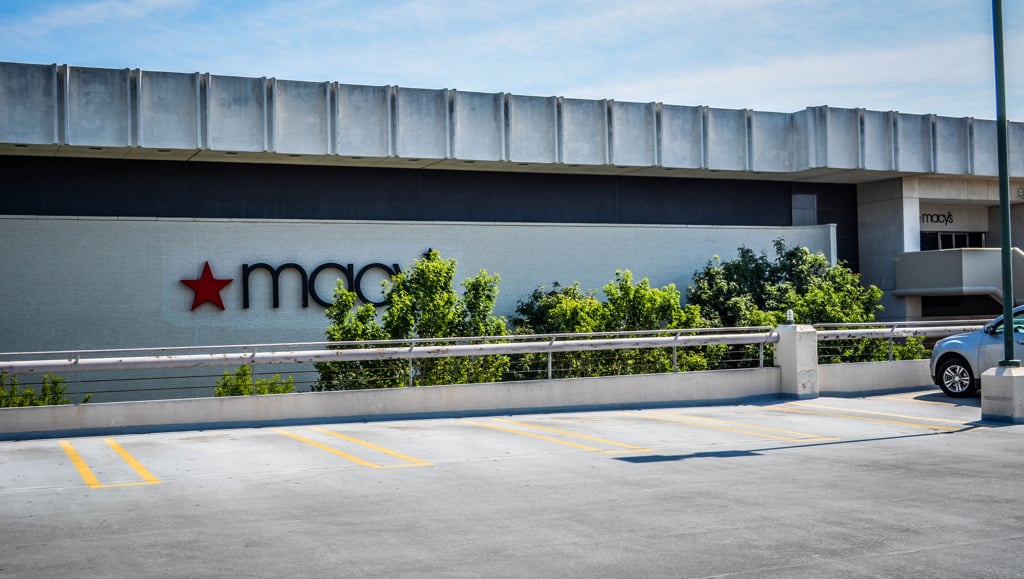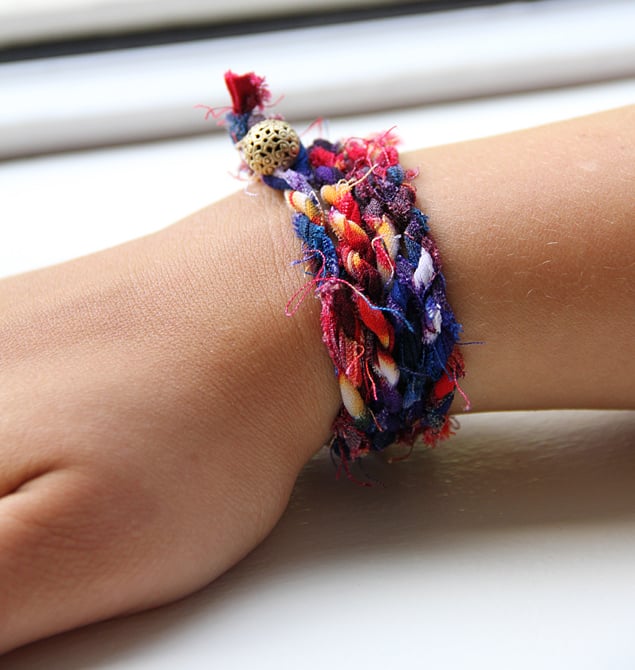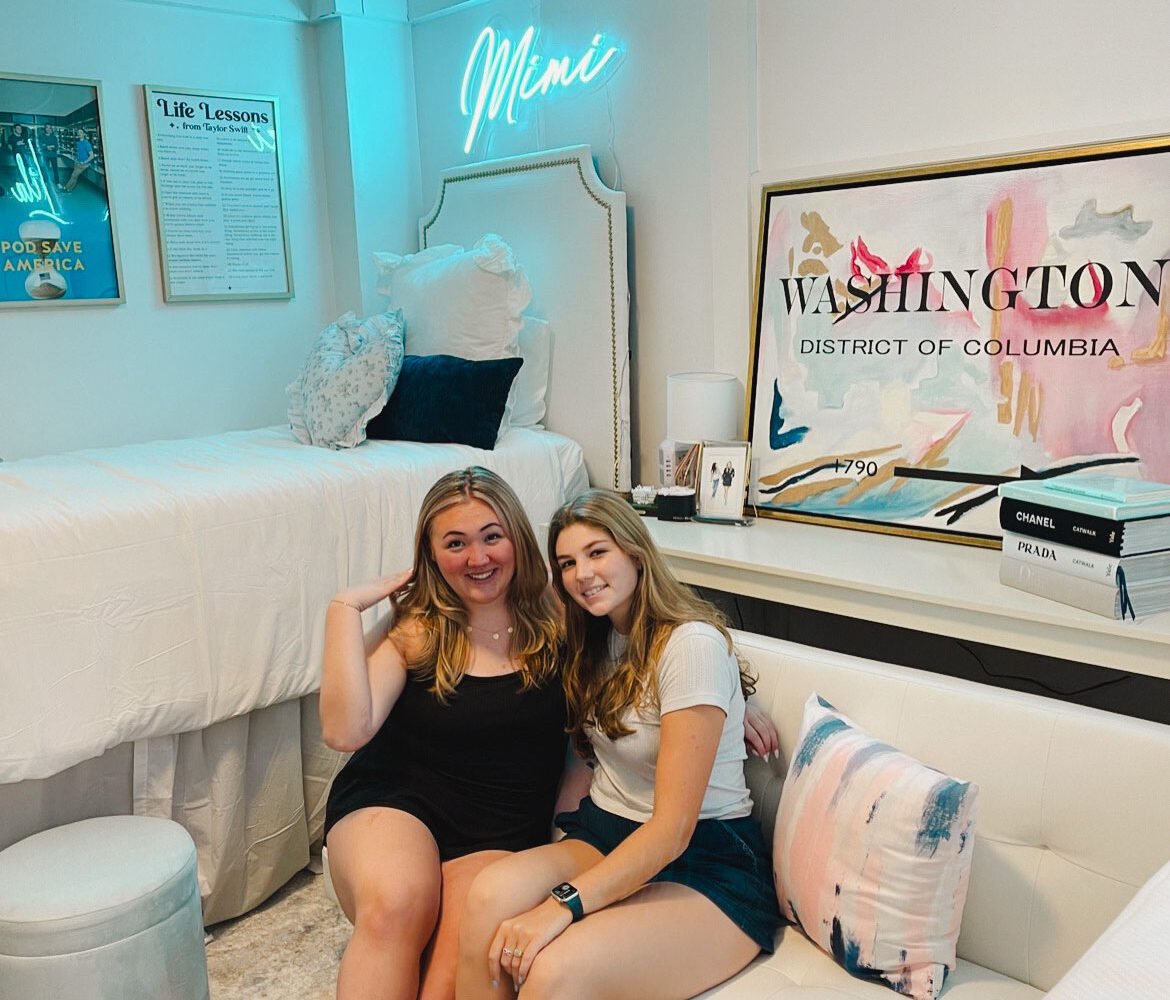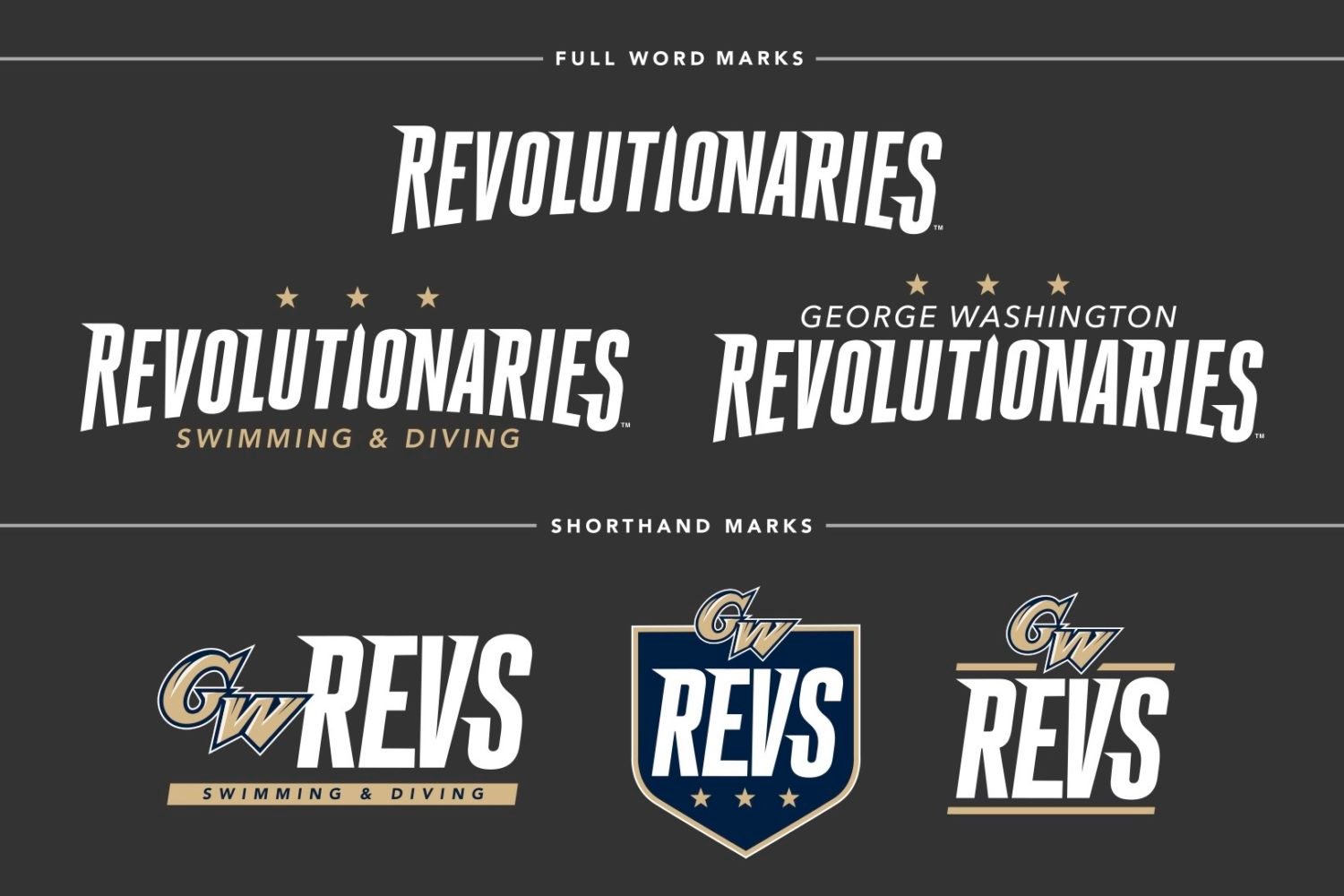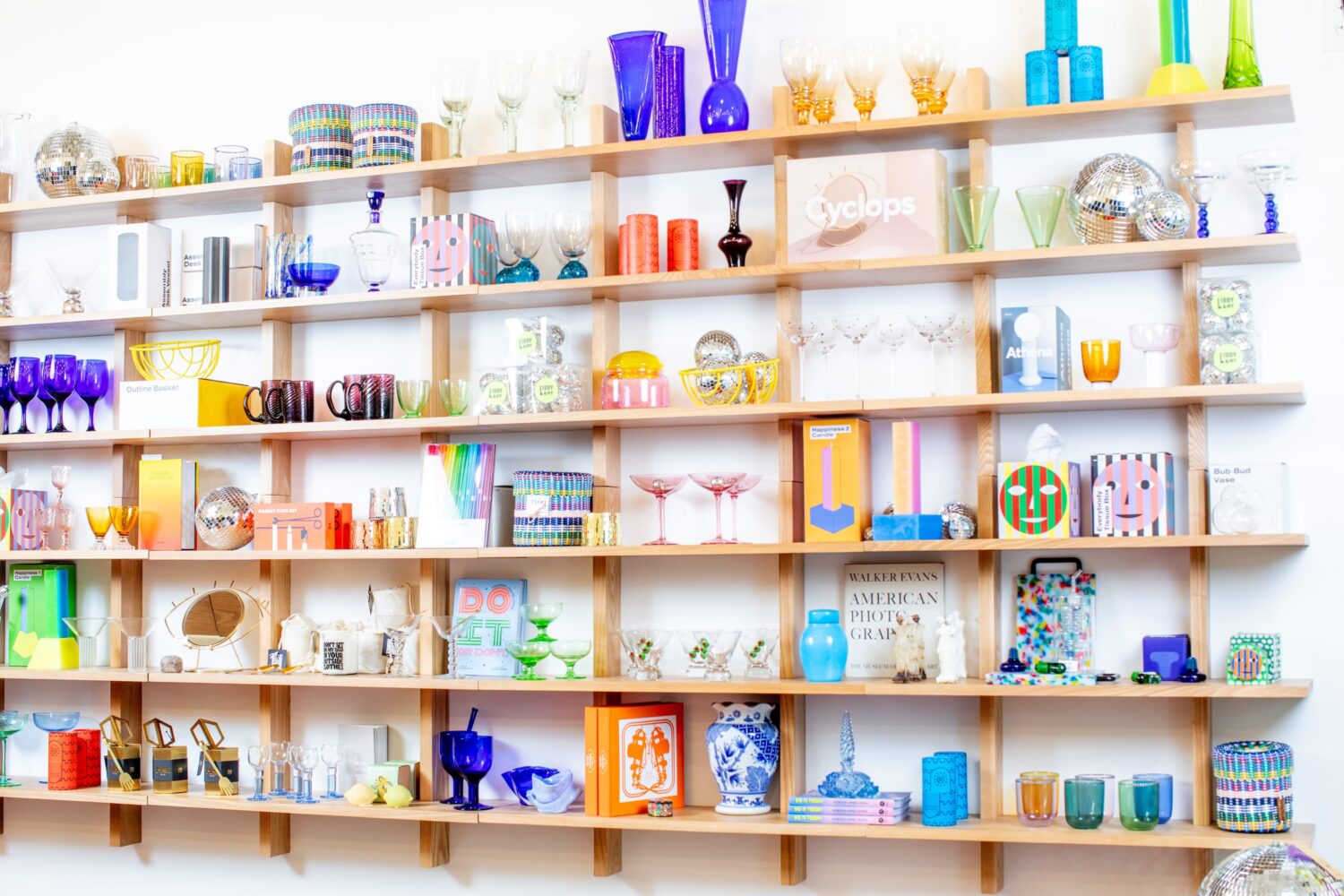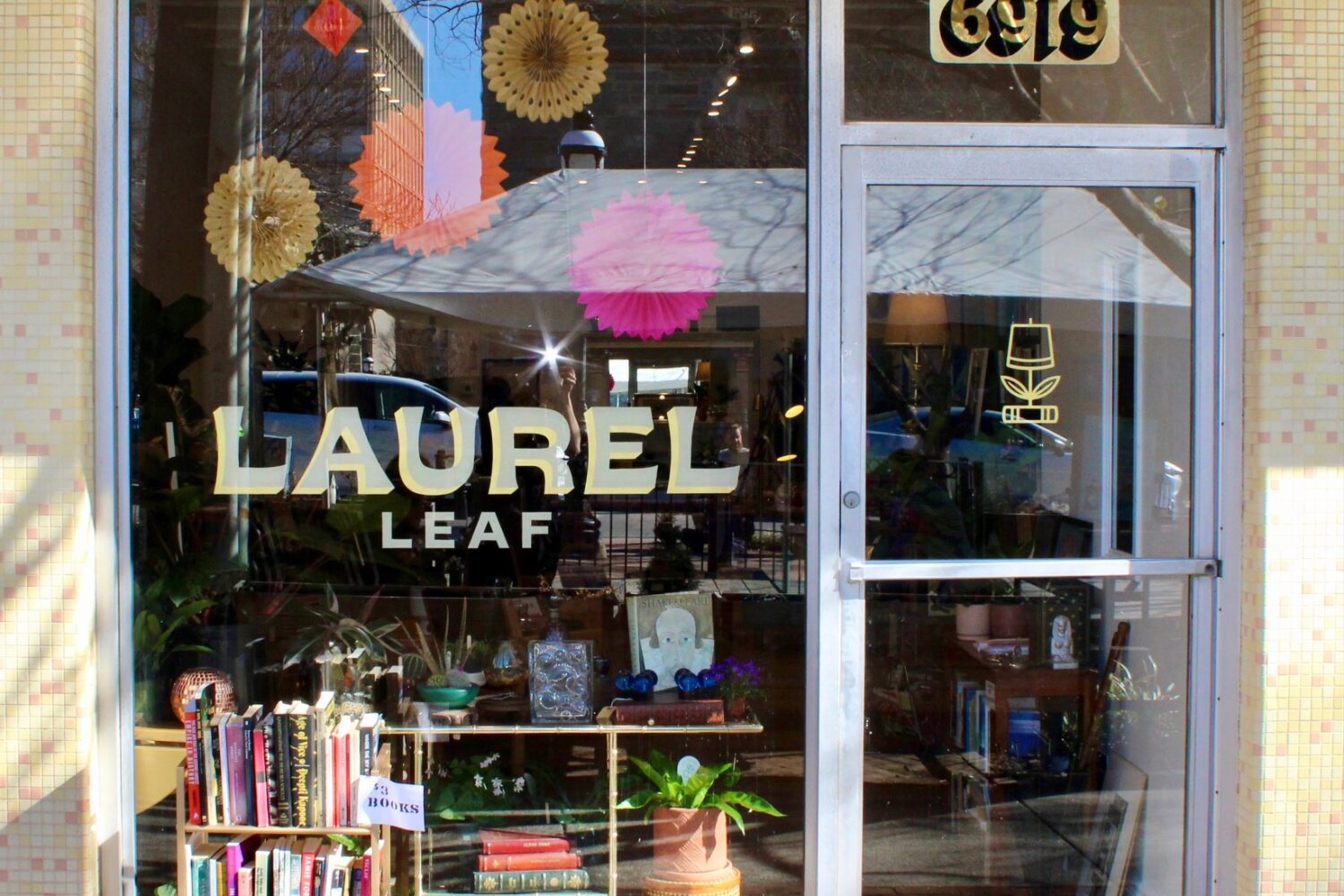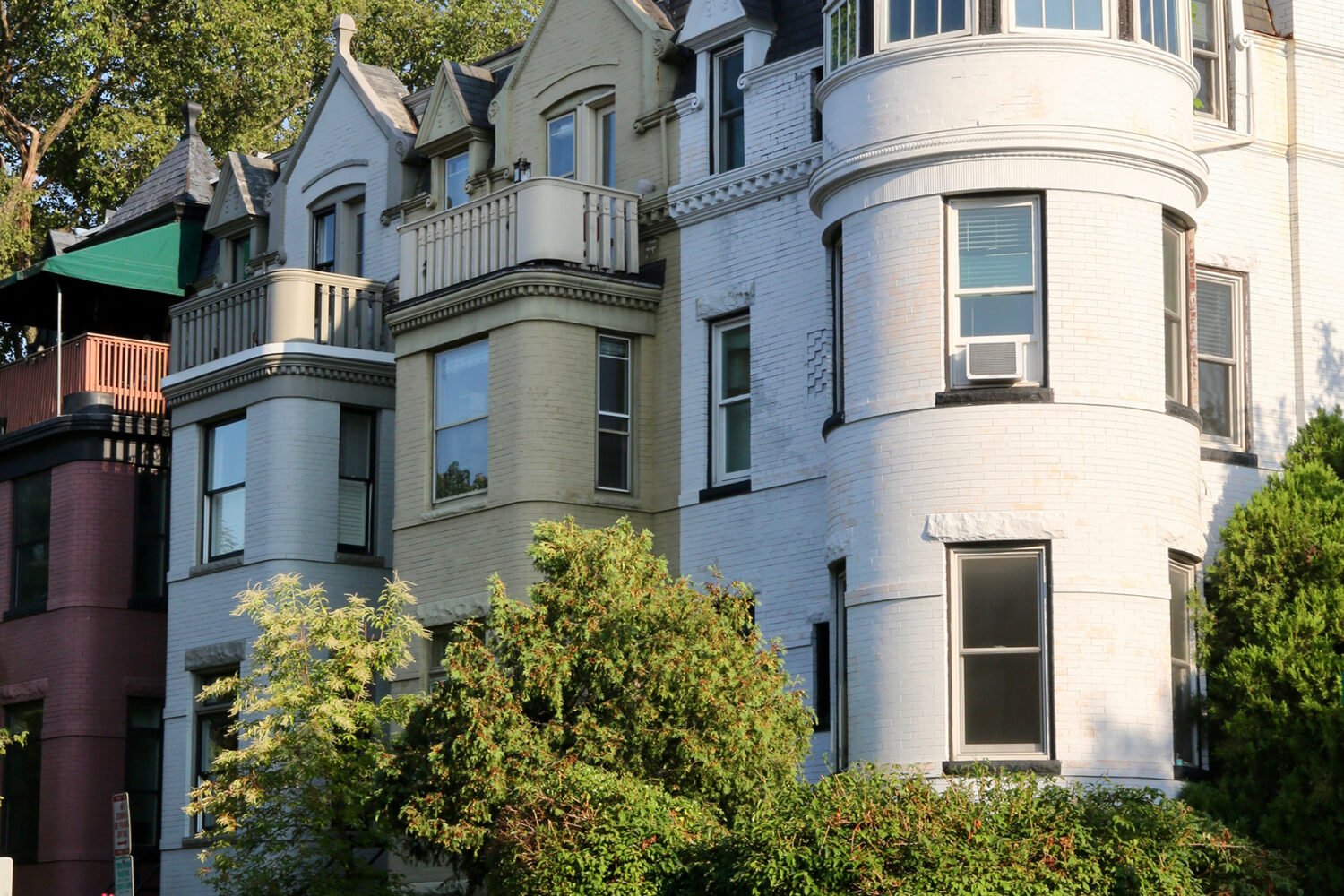Suburban shopping malls have been on continuous death watch since the rise of online commerce, although at least in the Washington area, the shopping apocalypse has been stayed. One possible reason, according to a recent study conducted by a class at the George Washington University School of Business: millennials looking to make quick purchases without much contemplation.
“Millennial consumers are interested in instant gratification,” says Salah Hassan, the professor who led a class in a semester-long study of 38 DC-area shopping malls (otherwise known as every ’90s kid’s fantasy). “This comes from an era of digital exposure.”
Hassan’s students created a survey in which 473 Washington-area residents shared their shopping habits, with 81 percent of respondents coming from the millennial generation, which is generally defined as those born between 1981 and 2000. The sample made obvious the youthful desire for quick thrills. Baby boomers, who only represented 4.5 percent of the survey, reported spending two to three hours at malls for each visit, while many millennials, especially males, spent less than an hour at malls on average.
Perhaps more importantly, the study found that millennial shoppers actually prefer buying merchandise in real life; only 39 percent of males and 31 percent of females who responded said they preferred online shopping. More common is window-shopping at brick-and-mortar stores before purchasing something on the internet, and browsing items online before seeking out a purchase in the physical realm.
The study, the full results of which Hassan says will be published this summer, also ranks Washington’s malls according to a “likability index” that measures malls’ amenities and ambience in addition to their retail offerings. The results show a surprising embrace of the suburbs by millennials—usually considered a more urban cohort—with eight of the top eleven malls located outside the District, even though more than 50 percent of the survey’s respondents live in the city. The top malls are:
- Tysons Corner Center
- Fashion Center at Pentagon City
- Tysons Galleria
- Chevy Chase Pavilion
- Westfield Montgomery
- Eastern Market
- Tanger Outlet National Harbor
- Union Station
- Crystal City Shops
- Mazza Gallerie
- Collection at Chevy Chase
Hassan says his class found that malls performed better when they were managed as more than just shopping destinations, by adding more dining, entertainment, or other programming. “Malls that refuse to change—a collection stores and that’s what it is—are closing,” he says.
But there’s another reason why Washington’s suburban malls might be surviving millennial shopping patterns. While most of the malls on Hassan’s list are suburban, they aren’t difficult for millennial consumers—who are less likely to own cars than older generations—to reach. The Collection at Chevy Chase is just over the DC-Maryland line, the Pentagon City mall is literally on top of a Metro station, and the two malls in Tysons were connected to Metro when the Silver Line opened in 2014. Meanwhile, other legacy malls, like Springfield and White Flint, are in the process of converting from enclosed sprawls to open-air mixed-use developments.
There is another omen coming for malls, though. Macy’s, the largest department-store chain in the United States, announced this week it will close 40 stores this year, a crippling blow to the malls housing those locations. While the Macy’s stores in the Washington area are safe for now, the company suggested more closures could follow if national sales figures continue to drop.

